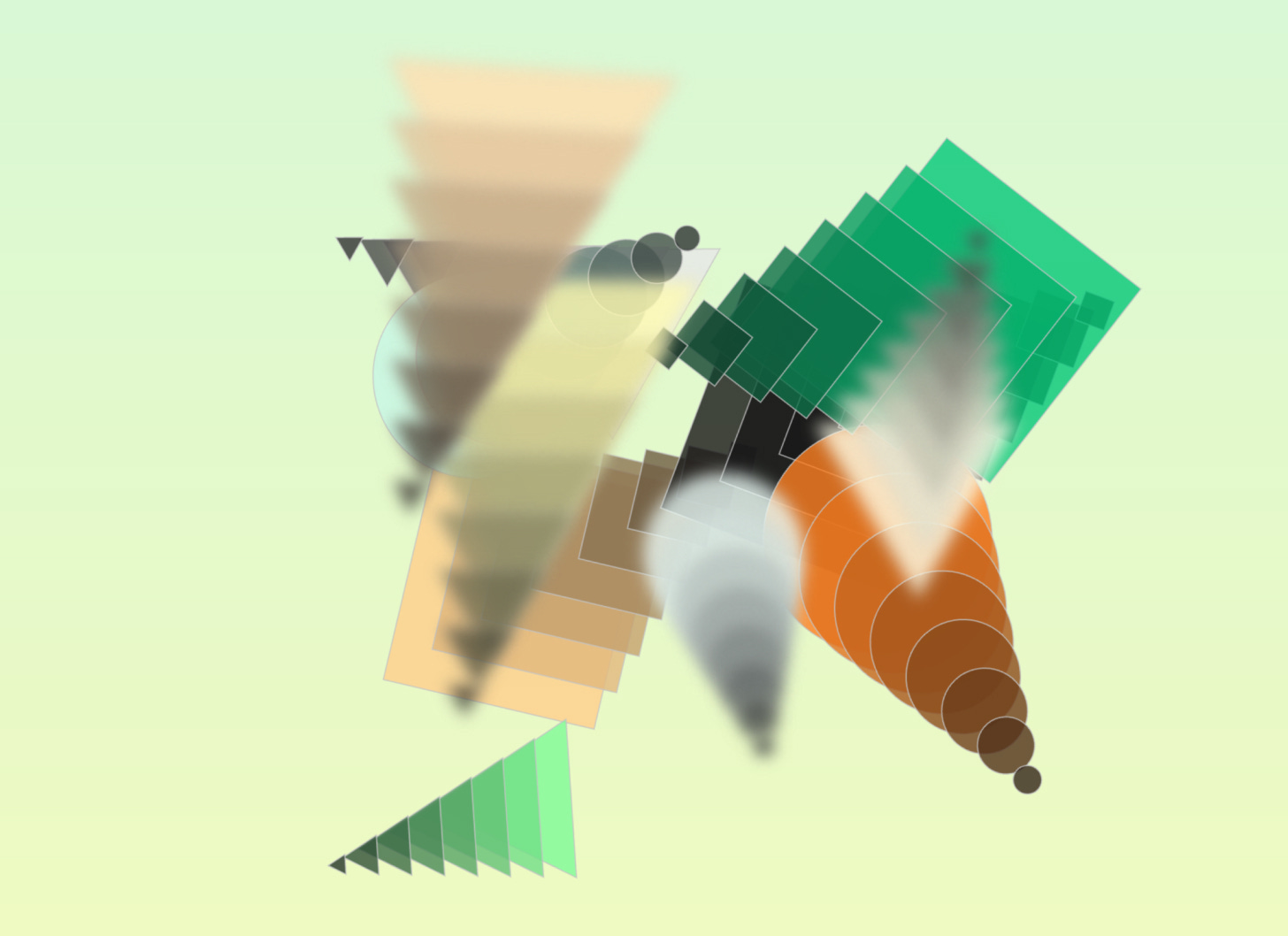Cambalache (Jumble)
One reason reality is so complex today is that we live with overlapping contradictions. Parts and wholes, details and frameworks, individual and community, fragmented and connected, human and machine.
Why am I writing about this? Complexity is a condition of our times, and clarity a demand that brand cannot escape. Together, they call for generative approaches.
In my case, AI came just in time. Generative systems together with AI make brand possible and ever more relevant. That’s what this article is about. You can read it in the context of life, design, or brand. (Whats the difference? It’s a cambalache* anyway.)
In my practice, here’s how things change:
Journey → Context
The roadmap, the staged experience, the scripted narrative, the flatness of if/then (all of which get on the way of co-creative relationships.)
Context, instead, roots relevance. It frames perception, drives timing, and determines whether something clicks or blanks. Context is an aide. It helps individuate a system’s application to the user, the moment, the place, and the action. It’s what lets a signal feel personal, timely, alive.
Idea → Form
Concept imposes coherence, comes with instructions, forces direction.
Instead, start with form.
Form is not shape: it’s essence. In the generative context, form neither follows nor leads. It precedes system and brings meaning and is open to motion. Form connects purpose with value, sense with delivery, need with solution.
Rules → System
Rules demand predetermined action, imagine what’s wrong, are closed to happenstance.
A system is more than a kit of parts, rules, and tools. It includes people (makers and users), principles, elements, and language. It fills the space between them—and helps operate in context. Systems enable and reflect culture.
Identity → Language
Identity tells, dictates, narrows perception: what and how we see, sound, and feel.
Language gives voice to shared purpose and form. It’s essentially consistent and open to variation. It’s generative, dynamic, open to evolution and manifests across media, digital channels, and the physical world.
Touchpoint → Signal
Signal replaces touchpoint. Signals are moments in the relationship. They connect sensing with purpose, and work as a precursor of interpretation, engagement, and newness. Signals accumulate meaning over time. They build recognition, trust, and connection.
Symbolism → Abstraction
Symbolism is fenced by meaning. I starts and ends at agreed meaning. It dwells in the normal.
Abstraction makes room for exploration. Where symbols point to specific meaning, abstraction evokes, opes space for multiple interpretation, unfolds possibilities. Abstraction allows recursion, iteration, and evolution. It gives ambiguity meaning and allows for knowledge to emerge.
How to deal with the jumble
The way forward is to embrace the creative potential in contradiction, in ambiguity, and focus on what’s essentially different (what’s outside of the normal.) To shift our attention to our human abilities: perception, synthesis, and craft. To create systems and languages that adapt to create value in every exchange.
*“Cambalache” was written in 1934 by Enrique Santos Discépolo, is a proto-postmodern tango that depicts a world where values collapse into conflicting noise. Look it up!





